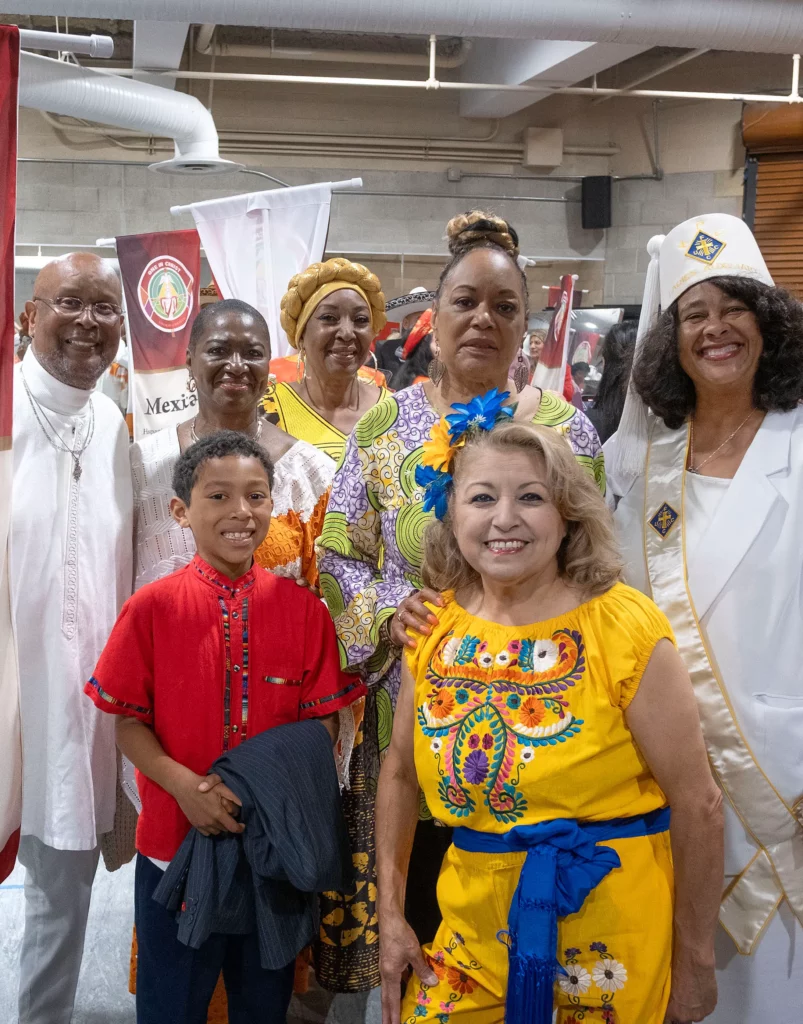
Feast of Faith
Once a year, at the Feast of Pentecost, all Catholic cultural communities of the diocese come together in a vibrant, multilingual Mass that celebrates their faith and traditions.
The diocese held the inaugural one in 2018 at Good Shepherd Parish, attended by 1,500 faithful. The next year, the Mass moved to a larger venue, Cathedral Catholic High School, where 2,000 turned out.
This celebration continued during Covid, when the Pentecost Mass of 2020 was live-streamed and viewed nearly 5,000 times.
In 2021, the Mass returned to Good Shepherd , this time celebrated outdoors. The following year, it was back to Cathedral Catholic High School, joyfully returning indoors. In 2023, a record 3,200 turned out for the vibrant Mass, this time held at Miramar College. A year later, in 2024, the Mass returned to Cathedral Catholic High School. The school hosted the 2025 edition as well, which including a standing ovation for newly named Bishop Michael Pham, who had started the Mass eight years before.
The diocese’s Pentecost Mass brings together all people to Gather As One human family, united by God’s love.
